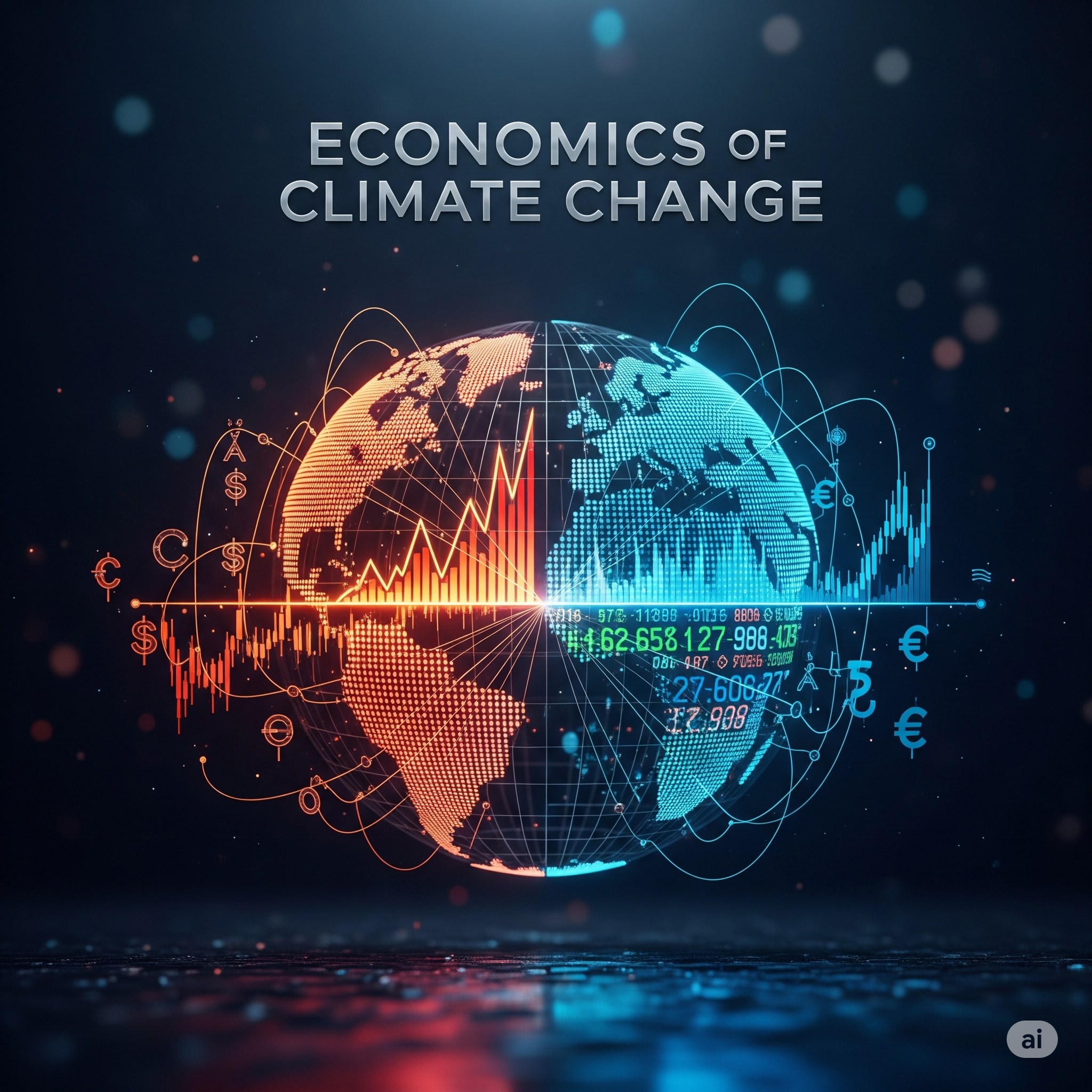Introduction
The World Trade Organization (WTO) is the backbone of the global trading system. Established in 1995 as a successor to the General Agreement on Tariffs and Trade (GATT), the WTO regulates international trade and provides a platform for countries to negotiate agreements, resolve disputes, and promote fair trade practices. In an increasingly globalized world, where goods, services, and capital move across borders at unprecedented speeds, the WTO plays a crucial role in shaping policies that govern trade relations between nations.
This article explores the origins, structure, principles, and key functions of the WTO. It also examines how the organization influences global trade policies, highlights case studies of its interventions, and evaluates both its successes and challenges in the 21st century.
Historical Background
From GATT to WTO
- 1947: The General Agreement on Tariffs and Trade (GATT) was signed by 23 nations to reduce tariffs and promote trade.
- 1986–1994: The Uruguay Round negotiations expanded GATT beyond tariffs to cover intellectual property, services, and dispute settlement.
- 1995: The World Trade Organization (WTO) was officially established, headquartered in Geneva, Switzerland, with over 120 member countries at inception.
Today, the WTO has 164 member states, covering over 98% of world trade, making it the largest international economic organization.
Objectives of the WTO
The WTO’s primary mission is to promote an open, transparent, and fair trading system. Its objectives include:
- Trade Liberalization – Reducing tariffs and non-tariff barriers.
- Rule-based Trade System – Ensuring that all members follow agreed rules.
- Non-Discrimination – Promoting the principles of Most-Favoured Nation (MFN) and National Treatment.
- Trade Facilitation – Simplifying customs procedures and reducing transaction costs.
- Sustainable Development – Supporting trade policies that align with environmental protection and development goals.
- Dispute Resolution – Providing mechanisms to resolve trade conflicts peacefully.
Principles of the WTO
The WTO operates on certain fundamental principles that shape global trade:
- Most-Favoured Nation (MFN): Any favorable treatment granted to one member must be extended to all.
- National Treatment: Imported goods should be treated no less favorably than domestically produced goods.
- Transparency: Member countries must publish and notify trade regulations.
- Reciprocity: Countries open their markets in return for similar concessions from trading partners.
- Consensus Decision-Making: Most decisions are taken collectively, ensuring fairness.
Structure of the WTO
The WTO functions through multiple bodies:
- Ministerial Conference: The highest decision-making body, meets every two years.
- General Council: Oversees daily operations, dispute settlements, and reviews trade policies.
- Dispute Settlement Body (DSB): Resolves trade disputes between members.
- Trade Policy Review Body (TPRB): Evaluates members’ trade practices.
- Committees and Councils: Focus on specific areas like agriculture, intellectual property, services, and environment.
WTO and Global Trade Policy Formation
The WTO plays a critical role in shaping the policies that regulate global trade. Its influence can be categorized into several areas:
1. Reducing Tariffs and Trade Barriers
- Through multilateral negotiations, the WTO has successfully reduced average tariffs worldwide from over 40% in 1947 to less than 5% today.
- Policies encourage free and fair competition, helping developing countries access larger markets.
2. Promoting Free and Fair Trade
- The WTO establishes global trade rules that prevent unfair practices such as dumping and subsidies.
- The Agreement on Anti-Dumping (ADA) and Subsidies and Countervailing Measures (SCM Agreement) ensure fair competition.
3. Trade in Services
- The General Agreement on Trade in Services (GATS) extends trade rules to banking, IT, tourism, and education sectors.
- This liberalization has enabled developing economies like India to grow rapidly in IT and outsourcing.
4. Intellectual Property Rights
- The Trade-Related Aspects of Intellectual Property Rights (TRIPS) Agreement standardizes global rules on patents, copyrights, and trademarks.
- This shapes innovation policies, particularly in pharmaceuticals, biotechnology, and software industries.
5. Agricultural Policies
- The Agreement on Agriculture (AoA) reduces export subsidies and domestic support in agriculture, aiming to create fairer competition.
- This has been particularly significant for developing countries heavily dependent on agriculture.
6. Trade and Environment
- WTO agreements increasingly emphasize sustainable trade practices.
- Environmental standards are being integrated into trade policy, ensuring balance between development and sustainability.
7. Dispute Resolution Mechanism
- One of the WTO’s strongest features is its binding dispute resolution system.
- For example, in 2002 the WTO ruled against US steel tariffs, forcing their removal.
- This system provides smaller economies with a legal mechanism to challenge trade giants.
Case Studies of WTO’s Role
1. US–EU Banana Dispute
- The EU gave preferential access to bananas from African, Caribbean, and Pacific (ACP) countries.
- The US challenged this policy at the WTO, arguing it violated MFN principles.
- WTO ruled against the EU, demonstrating its ability to enforce fair competition.
2. India–Solar Panels Dispute
- The US complained about India’s domestic content requirement for solar panels.
- WTO ruled that India’s policy violated trade rules, highlighting the tension between development goals and free trade principles.
3. China–US Trade Disputes
- China’s state subsidies and intellectual property practices were challenged by the US.
- WTO rulings in these cases shaped the global debate on industrial policy and fair trade.
WTO and Developing Countries
Emerging and developing economies have a complex relationship with the WTO:
- Benefits:
- Access to global markets.
- Legal protection against unfair practices by powerful nations.
- Participation in shaping global trade rules.
- Challenges:
- High compliance costs for poor countries.
- Limited capacity to influence negotiations dominated by developed nations.
- Intellectual property rules under TRIPS sometimes conflict with public health needs (e.g., access to affordable medicines).
Criticisms of the WTO
Despite its achievements, the WTO faces significant criticism:
- Inequality in Benefits: Wealthier nations often dominate negotiations, leaving poorer countries with fewer gains.
- Slow Decision-Making: Consensus-based processes make reforms sluggish.
- Dispute Resolution Challenges: Recent years have seen the weakening of the Appellate Body due to US opposition.
- Environmental Concerns: WTO rules sometimes clash with climate change policies and sustainability goals.
- Protests and Public Backlash: The “Battle of Seattle” (1999) protests highlighted concerns about globalization, labor rights, and environmental impact.
WTO in the 21st Century
The WTO is evolving to meet new challenges in global trade:
- E-commerce and Digital Trade: Negotiations are underway to regulate cross-border digital transactions.
- Climate Change and Green Trade: Incorporating carbon tariffs and environmental sustainability into trade rules.
- Pandemic and Health Security: The COVID-19 crisis exposed weaknesses in global supply chains, requiring new trade frameworks for essential goods.
- Geopolitical Tensions: US-China rivalry and protectionist policies are testing the relevance of the WTO.
Strategies for Strengthening the WTO
- Reform the Dispute Settlement Mechanism to restore trust and efficiency.
- Enhance Representation of Developing Nations in negotiations.
- Integrate Climate Goals with trade policies.
- Adapt Rules for Digital Economy to keep pace with global innovation.
- Promote Inclusive Trade by addressing the needs of small economies and least developed countries (LDCs).
Conclusion
The World Trade Organization remains a cornerstone of the global economic order. By setting rules, reducing barriers, and resolving disputes, it has been instrumental in shaping global trade policies. However, it also faces challenges of inequality, slow reforms, and relevance in a rapidly changing world. For emerging economies, the WTO offers both opportunities and challenges. Its effectiveness in adapting to the realities of the 21st century—digitalization, climate change, and shifting power dynamics—will determine whether it can continue to serve as the guardian of fair and sustainable global trade.
In essence, the WTO is not just an organization; it is a reflection of the collective will of nations to cooperate rather than compete destructively in global trade. Strengthening it is vital for ensuring that globalization benefits all, not just the powerful few.




